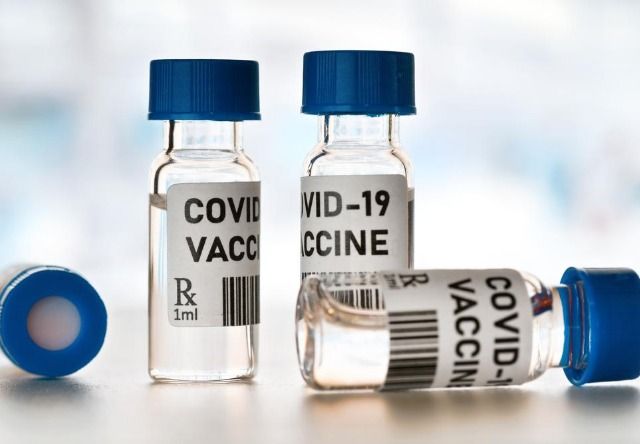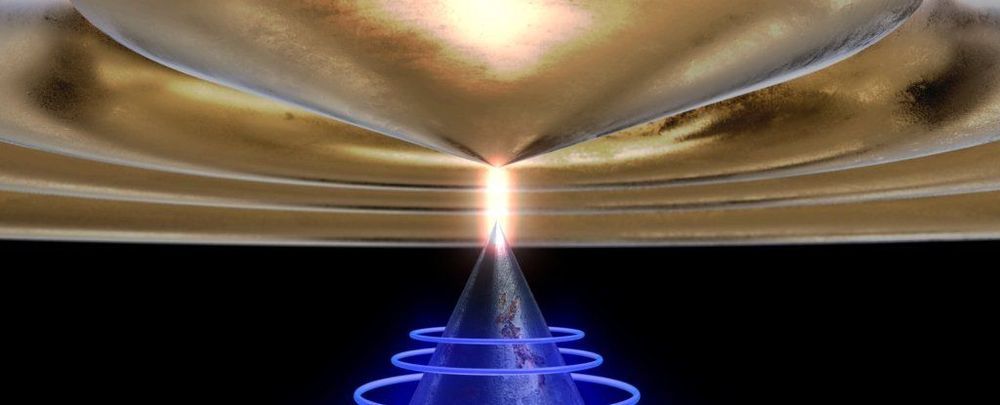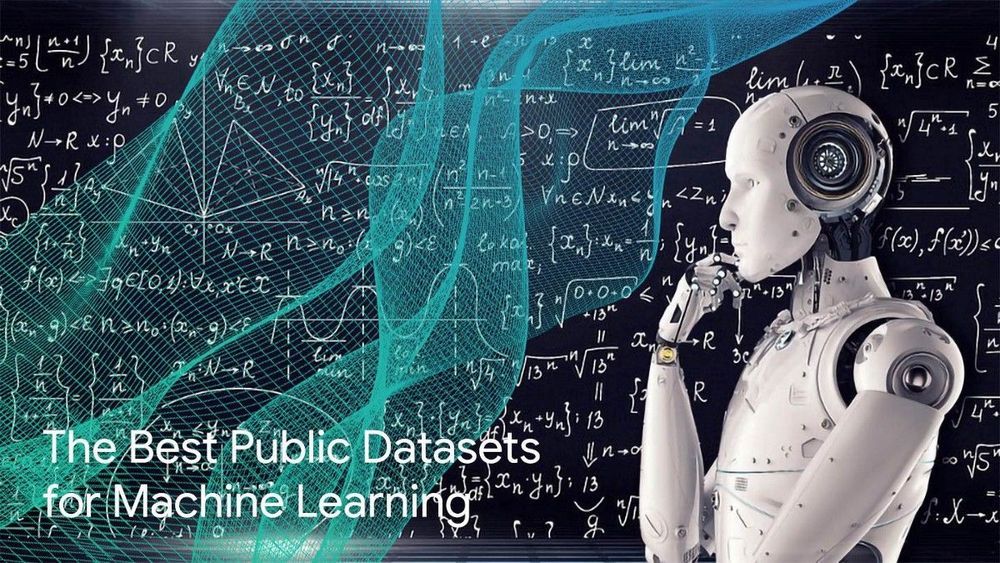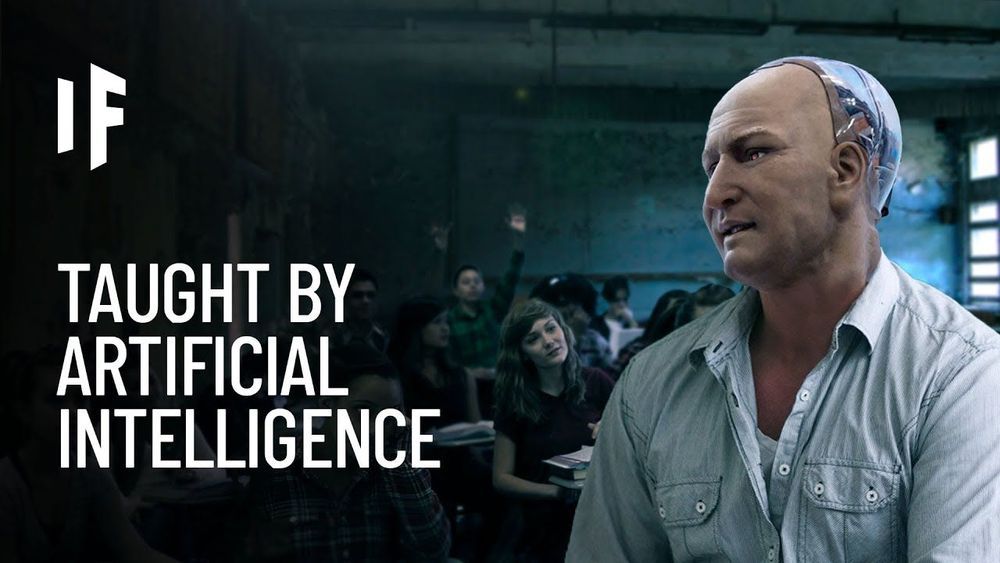A supersensitive dopamine detector can help in the early diagnosis of several disorders that result in too much or too little dopamine, according to a group led by Penn State and including Rensselaer Polytechnic Institute and universities in China and Japan.
Dopamine is an important neurotransmitter that can be used to diagnose disorders such as Parkinson’s disease, Alzheimer’s disease and schizophrenia.
“If you can develop a very sensitive, yet simple-to-use and portable, detector that can identify a wide range of dopamine concentration, for instance in sweat, that could help in non-invasive monitoring of an individual’s health,” said Aida Ebrahimi, assistant professor of electrical engineering, Penn State, and a corresponding author on a paper published Aug. 7 in Science Advances.
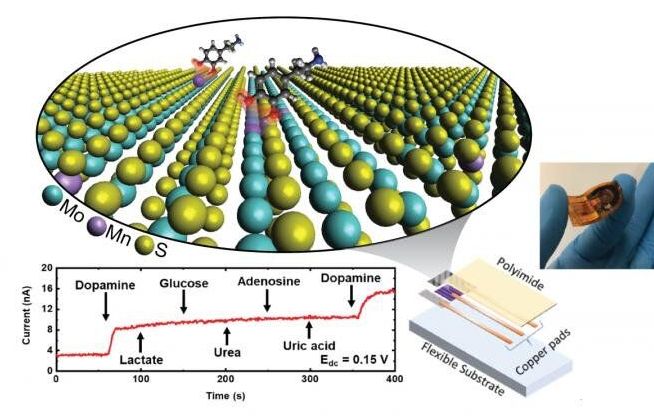


 As part of the partnership between SpaceWatch. Global and Joint Air Power Competence Centre, we have been granted permission to publish selected articles and texts. We are pleased to present “Space Traffic Management – Impact of Large Constellations on Military Operations in Space”, originally published by the Joint Air Power Competence Centre for the Conference Read Ahead 2020.
As part of the partnership between SpaceWatch. Global and Joint Air Power Competence Centre, we have been granted permission to publish selected articles and texts. We are pleased to present “Space Traffic Management – Impact of Large Constellations on Military Operations in Space”, originally published by the Joint Air Power Competence Centre for the Conference Read Ahead 2020.

